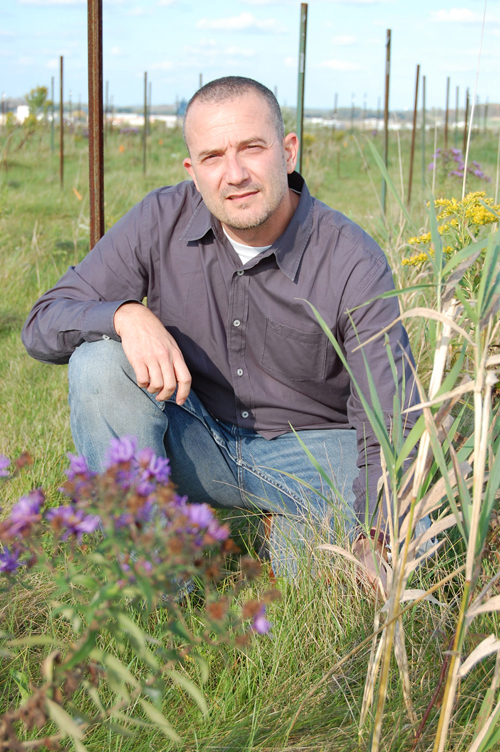
Grass is a fundamental part of the food chain, playing an integral role in ecological sustainability, not to mention livestock grazing. But despite the familiarity of many durable pasture and turfgrass varieties used in North America, they are not homegrown ─ rather, they’re imported from Europe.
And if they’re not managed properly, they can damage local biodiversity.
Here’s why. A trend among grass breeders is to enhance the grass with what’s called endophytic fungi that grow inside the plant, making it bigger, more competitive and able to tolerate stress such as drought. These benefits make the enhanced turf popular with consumers. Farmers like it too because it produces more biomass than conventional species, and it’s more tolerant of grazing.
However, grass enhancement has its downside. In cattle, for example, enhanced turf can cause a disease called fescue foot, leading to rotting of the hoof and lower leg. This occurs because the fungus produces a chemical that leads to constriction of the veins and eventually to a condition like gangrene.
Another common problem is fescue toxicosis. This creates a host of problems; among them, it makes an animal unable to properly regulate its body temperature.
Enhanced grass is also related to an increase in cattle stillbirths. And in other grazing animals such as sheep, a common condition known as rye grass stagers (a neurological condition) can take hold. Prof. Jonathan Newman, chair of the School of Environmental Sciences, says the symptoms of stagers are similar to bovine spongiform encephalopathy (BSE), or mad-cow disease, but the two conditions have very different causes.
Newman and his research team have also set out to test a study from U.S. scientists that showed enhanced cultivars harm the environment because they displace native grasses. American researchers sparked headlines when they made this pronouncement based on tests with a single cultivar of tall fescue called KY-31. The Newman team is retesting the hypotheses by including two more species of grass that are commonly used worldwide in the turf and pasture industries: perennial ryegrass and meadow fescue.
Newman says this research is aimed at making agriculture more sustainable. His work is sponsored by the Ontario Ministry of Agriculture, Food and Rural Affairs.
Story by Amanda Brodhagen, a U of G student writer with SPARK (Students promoting Awareness of Research Knowledge)